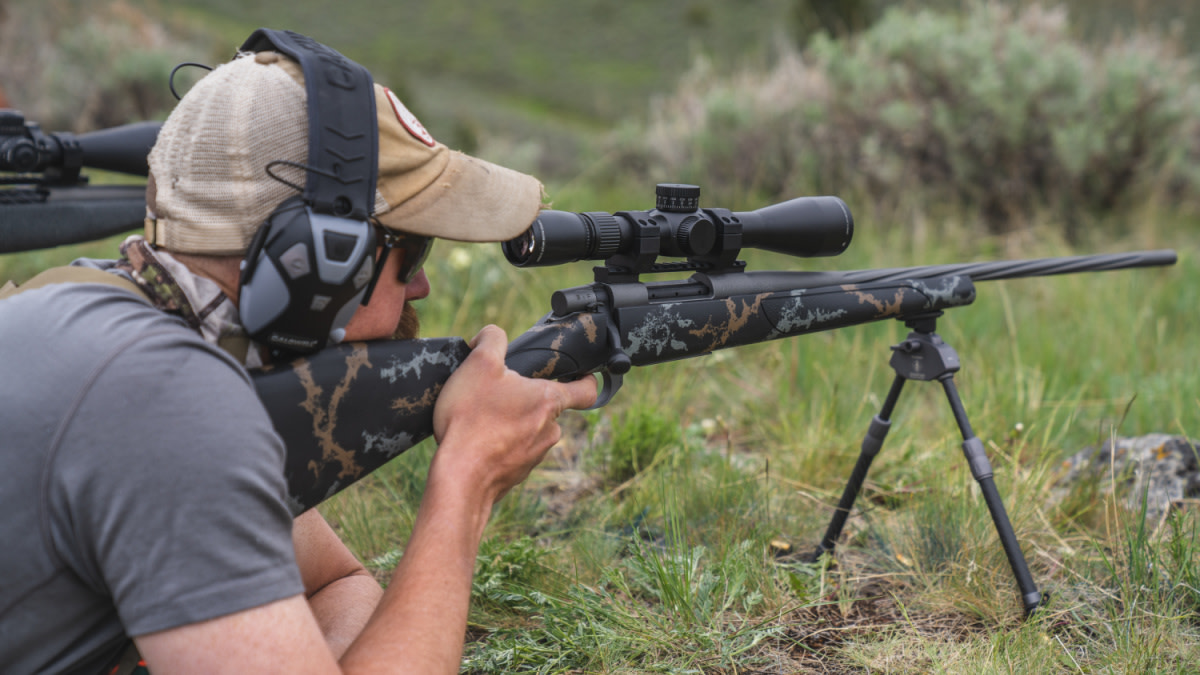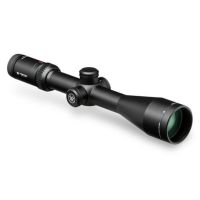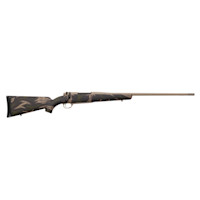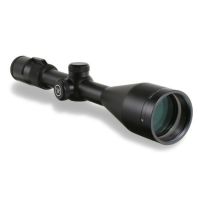
More than any other technology, precise electronic rangefinders have allowed hunters to make more accurate shots at longer distances.
To take one real-world example: at 450 yards, a 150-grain .308 Win. round drops about 40 inches. At 500 yards, that same bullet drops an additional 14 inches. Without an exact range, hunters don’t have a hope of landing those kinds of long-distance shots.
Unfortunately, whether from water damage, dead batteries, low light, falling snow, or glare, electronic rangefinders can and will fail. That’s why it’s important to have another way to get an approximate range in the field. Knowing the distance to various points on your hunting ground is a great option, but you can also use your scope’s reticle to get a ballpark distance to your next target animal.
It’s not a perfect solution, but with a good reticle and a stable rest, it’s precise enough to make an accurate shot out to 300 yards or more.
How It Works If the reticle on your scope includes hash marks, those marks will cover a certain amount of space at various distances. So, if you know the height or width of your target, you can determine the distance to that target by determining how many hash marks cover it. The math nerds out there can provide a more technical explanation, but that’s the gist.
Most reticles are etched in “minute-of-angle” (MOA) or “milliradian” (MRAD) increments. The best kind of reticle is etched in fractions of MOA and MRAD (more on this below). Here are the equations when using either a minute-of-angle reticle and a milliradian reticle.
Using a reticle in minute-of-angle hash marks: range in yards = (size of target in inches x 95.5) / size of target in MOA within your scope.
Using a reticle in milliradian hash marks: range in yards = (size of target in inches x 27.77) / size of target in MRAD within your scope.
I never understand a math concept until I see an example, so here you go.
If you estimate that the distance from a mature whitetail’s belly to backbone is 18 inches (a pretty fair average), and 4.5 MOA marks cover that area of the animal in your scope’s reticle, the equation will look like this:
Range = (18 x 95.5) / 4.5 = 382 yards
The trick, of course, is estimating the length or width of your target and measuring it as precisely as possible. If you get those numbers right, the rest is easy.
Check out this video from Vortex for more details on how to estimate range with a reticle.
Caution #1: Estimating an Animal’s Size It’s easier said than done, you might say; and if you said that, you’d be right.
First, estimating the size of an animal can be anything but precise, and most game species are unlikely to stay still long enough for you to break out the tape measure. Various outdoors writers have offered estimates for the average dimensions of common game animals, and I have no reason to doubt them. Scientists and biologists have also published the average sizes of various animals, and you can use those as rough estimates. The best solution, of course, is to measure the animals you hunt after you take them and use that data to develop your estimating ability.
Admittedly, this measurement is the least precise, so let’s look at how far your shot will be off if you get it wrong.
Using our previous example, if the whitetail you’re looking at is 17 inches rather than 18 inches, the actual distance is 360 yards rather than 382 yards. Using our 150-grain .308 Win. round, your shot will be 3.6 inches higher than you’re aiming. If the deer is actually 16 inches from belly to backbone, your shot will be off by 7 inches. In that scenario, you’ll be on the fringe of a deer’s vitals.
Since most whitetail offer a kill zone of 10 to 12 inches (according to Chuck Hawks and Jack O’Connor), misestimating the animal’s size by one or two inches could still result in a downed animal within about 400 yards. If the animal is farther away, it’s even more important to be precise.
To improve your odds, you can range estimate based on the width of an animal and then range estimate based on the height. Once you get those two ranges, you shoot the average.
Caution #2: Use a Good Reticle If you have a good idea of the animal’s dimensions, you can then set to measuring those dimensions with your scope. As you can imagine, the smaller the distances between the hash marks (called the “subtensions”), the most precise your range will be.
“It is best to use reticles that have very refined subtensions to reference,” Nick Laufenberg, precision rifle specialist for the scope company Vortex, told MeatEater. “For example, 0.1 MRAD or ¼ MOA marks within your optic are a huge advantage for getting a measurement with enough precision to make the most accurate estimation.”
Laufenberg personally prefers MRAD scopes, and he tries to use the 0.1 MRAD marks to determine target size down to 0.05 MRAD.
Obviously, this is much easier in a rifle competition setting where targets aren’t grazing, walking, or mating. In the field, precisely measuring an animal’s dimensions can be difficult, and it’s downright impossible without a solid rest.
If you aren’t set up on a bag or a bipod in the prone position, don’t expect to use your scope to estimate range. The rifle can’t be moving at the same time the animal is.
 This reticle from Vortex would be ideal for ranging.
This reticle from Vortex would be ideal for ranging.
Caution #3: Don’t Go Too Far Even in ideal conditions, Laufenberg pointed out that atmospheric factors can distort a target at longer distances. For that reason, he recommends 800 yards as an absolute maximum distance for estimating a target with a rifle scope.
Most hunters wouldn’t consider taking such a long shot in the field even when using an electronic rangefinder. But if you find yourself becoming proficient with the technique, and you have a dialed-in long-range rifle and cartridge, you should keep that 800-yard ceiling in mind.
Now those are range numbers. Not even the most confident hunters should try this trick on a live animal at that distance. Based on the margin for error on a deer or antelope, I wouldn’t try estimating range beyond 350 yards. For a moose or elk, don’t push it beyond 450.
And this goes without saying, but don’t make your first distance estimate on opening day of deer season. Set a 3D or similarly sized target out in an open field somewhere and take a stab at range estimates. When you’ve made your guess, double check your work with a rangefinder.
 Other scope companies such as Primary Arms have integrated this concept into their reticle markings.
Other scope companies such as Primary Arms have integrated this concept into their reticle markings.
Last Shot There are other applications for this technique besides determining bullet drop. You might need to estimate range to determine whether an animal is too far away to stalk, or whether the next ridge line is close enough to peek over before the sun starts to go down.
It’s not a perfect method, and as you can see, there are lots of ways to get it wrong. But with a little practice and a detailed knowledge of your target animal, estimating range with your scope can be a useful tool to have in your back pocket on your next hunt.
My best recommendation, though: Just don’t forget your rangefinder. They make it a hell of a lot easier.







